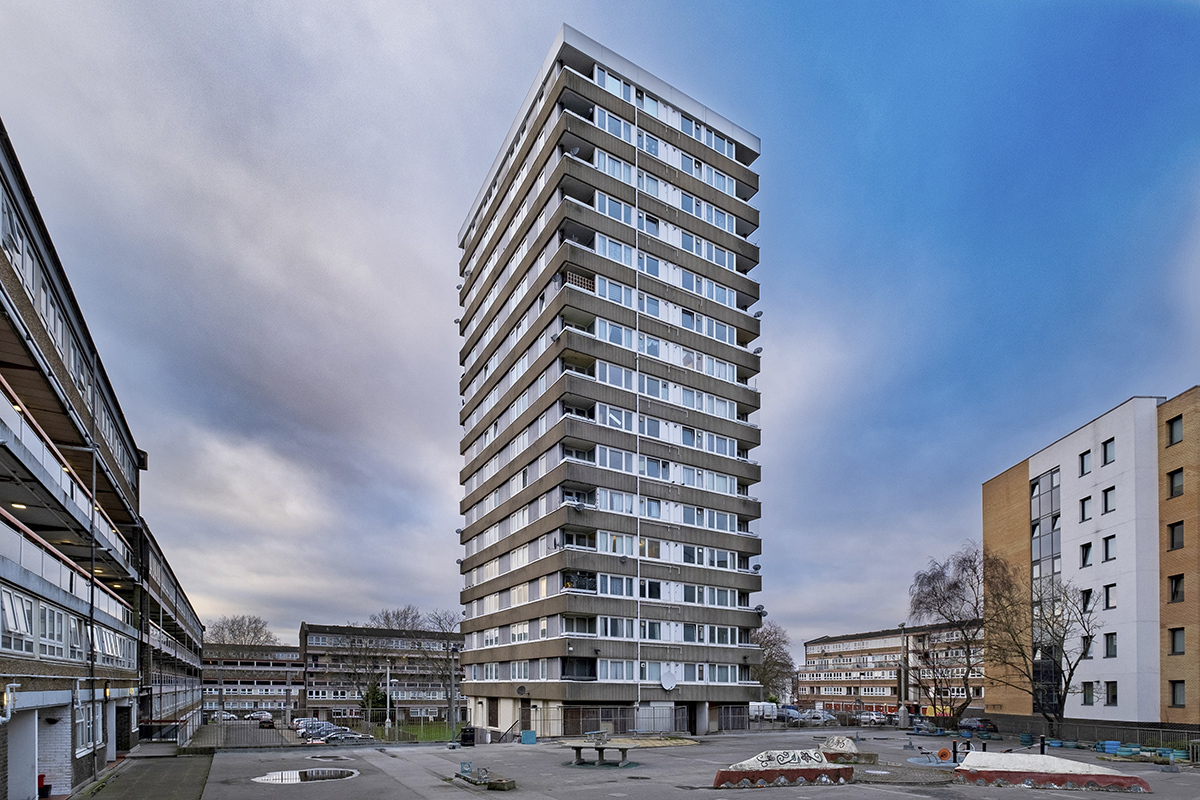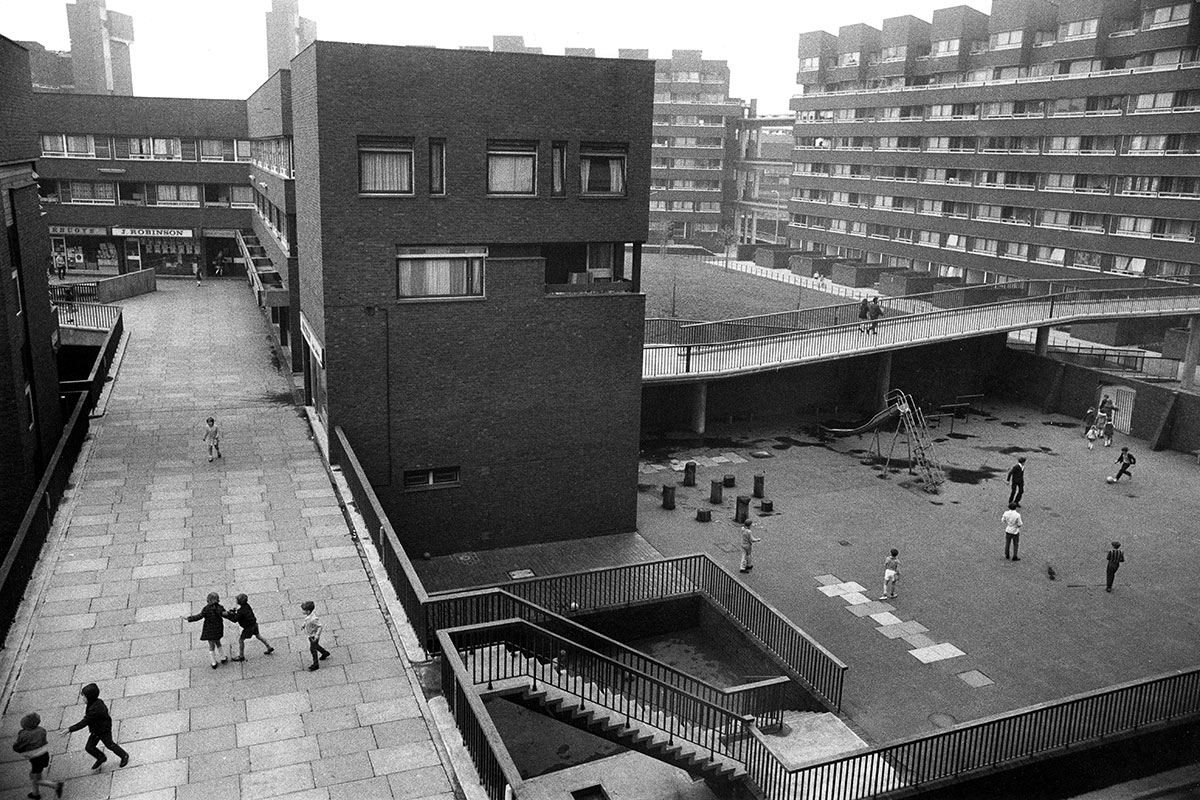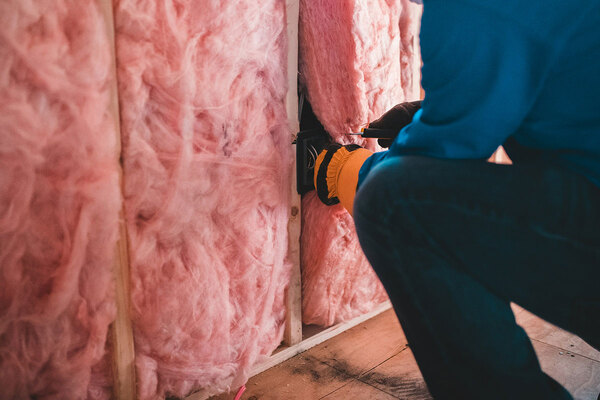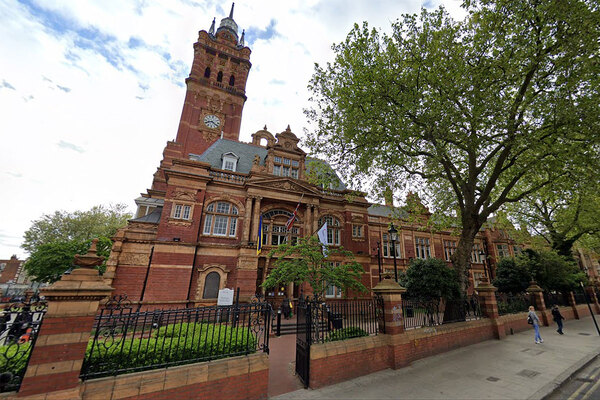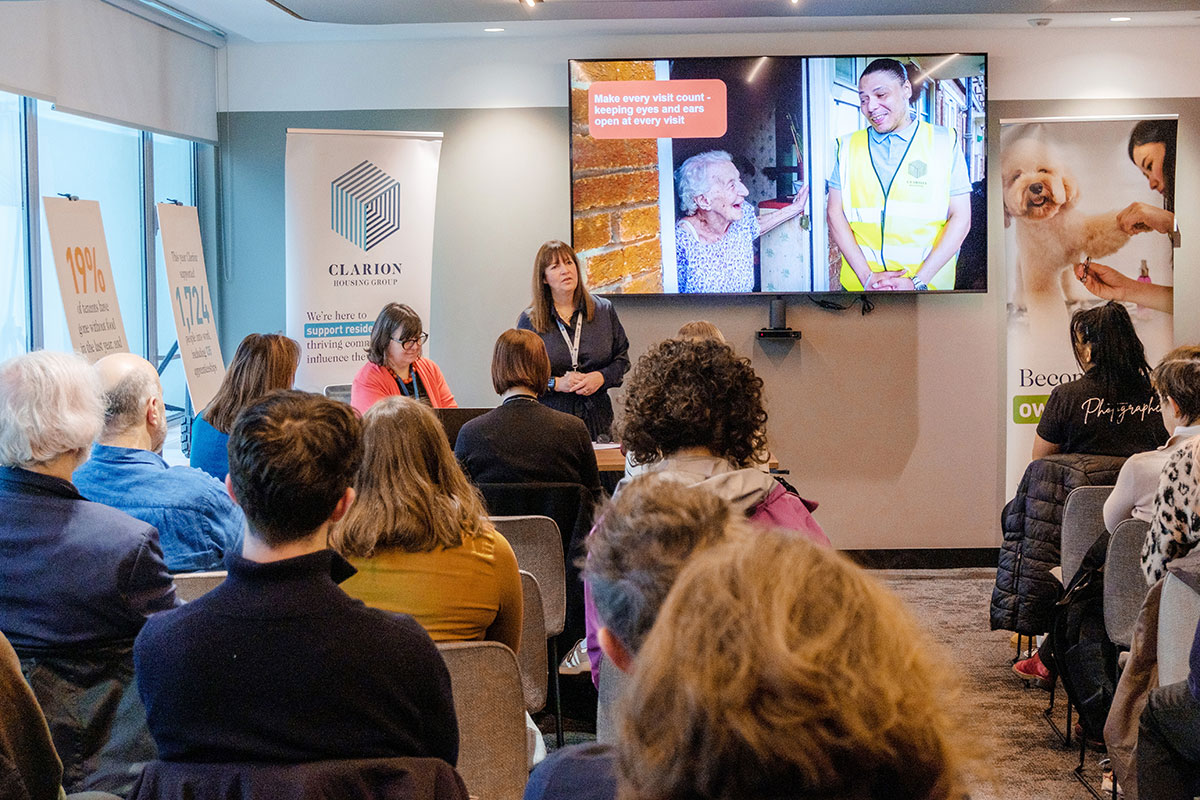You are viewing 1 of your 1 free articles

Jules Birch is an award-winning blogger who writes exclusive articles for Inside Housing
The Better Social Housing Review may seem like things social landlords should be doing already, but its core message is profoundly radical
In its call on the sector to return to its ‘core purpose’, the Better Social Housing Review asks for a reversal of 30 years’ direction of travel. It is only a start but its message is radical, writes Jules Birch
At first glance, there is nothing especially radical about the Better Social Housing Review, as the independent panel says “there is nothing revelatory in our findings” and “it may seem to housing associations that our recommendations are already central to their approach”.
Indeed, much of what the review, commissioned by the National Housing Federation and Chartered Institute of Housing, says about engaging tenants, improving repairs services, handling complaints better and tackling stigma and discrimination are things that landlords could, and should, already be doing.
But take a second look and the key messages about organisations focusing on their core purpose and that it is “time to get back to basics” are profoundly radical.
They represent a challenge to the way that the sector has developed in the three decades since housing associations became the alternative to what the Conservative government called the “municipal monopoly”.
Because that same government was also making associations the vehicle for private finance and stock transfer and steadily squeezing the grant rate for new development to encourage them to “sweat their assets”.
That drive for ever greater efficiency and value for money worked in the sense that it delivered more new homes for less public money, but it also created a remorseless logic for merger and the creation of landlords that became even bigger than the giant council housing departments of the past.
And this was only reinforced by regulatory changes in 2010 that overwhelmingly prioritised financial concerns over consumer ones and encouraged landlords to focus accordingly.
Much of the review is a reaction against these trends. Developing community hubs to meet tenant concerns about reduced face-to face contact with staff contradicts the shift to call centres and digital channels.
Restoring housing officers to their traditional generic role with increased status and salaries and more manageable patch sizes goes against the drive for efficiency and greater specialisation.
“This only reinforces the review’s message to the government that it must fully accept its responsibility for housing, as it does for health and education”
Above all, perhaps, is that exhortation to housing associations to think again about their core purpose of providing “decent, safe homes for those who can’t afford the market” and demonstrate that they can deliver against it before reviewing what capacity they have to deliver wider ambitions.
This poses obvious questions about development programmes based on cross-subsidy and properties for sale, but also raises issues about the balance between investment in the existing stock and in new homes.
These are reinforced by recommendations that tenants should be “recognised as key partners in delivering sector purpose” and that landlords should recruit more from the communities they are based in, hire tenant mentors in paid roles and empower them to lead investigations and reviews across organisations.
In the wake of Grenfell, Rochdale, the poor conditions exposed by ITV and on social media and the naming and shaming of landlords by housing secretary Michael Gove, the focus was already firmly on the quality of the existing stock and the treatment of tenants.
And all this is only part of wider changes in the operating environment for social landlords.
As the review points out: social housing has become home to a growing proportion of black and minority ethnic families, often concentrated in the oldest stock with the worst conditions. Landlords have not caught up with this in the way they run their organisations, therefore poor communication and distrust are the results.
At the same time, landlords are under pressure not only to maintain and improve their existing homes and make them safe but also to decarbonise them.
As an illustration of that, London mayor Sadiq Khan on Friday called for investment of £4bn in 43% of the capital’s social housing stock (343,000 homes) that either does not meet the Decent Homes Standard or does not have an Energy Performance Certificate (EPC) rating of C.
“Too many fine words have been written in too many previous reports with too few results for there not to be some doubt about an often defensive sector’s capacity to deliver on these principles rather than pay lip service to them”
Faced with that pressure for investment, rising inflation and a squeeze on public spending, something has to give – the clear danger is that the result will be fewer new social homes, but budgets will be stretched in many different directions at once.
This only reinforces the review’s message to the government that it must fully accept its responsibility for housing, as it does for health and education.
Too many fine words have been written in too many previous reports with too few results for there not to be some doubt about an often defensive sector’s capacity to deliver on these principles rather than pay lip service to them.
That’s where another key recommendation for a full audit of all 2.5 million social homes – including for damp and mould, which should come into its own as the precursor for a full action plan – should come into its own.
However, this does not include all social homes, just those managed by housing associations, and it seems odd that a review like this did not cover the 1.6 million owned by councils.
Bringing this all together, I was struck by a quote from a tenant in a Guardian report last week that brings many of these threads together.
Goldsmith Street in Norwich is rightly held up as an exemplar of good design, with Passivhaus principles that deliver far lower energy bills for tenants, and it was one of the places visited by panel members.
However, it does even more than that, as one tenant explained: “Before coming here I would have been embarrassed to say I live in council property because some of the blocks around here feel left behind, whereas here you feel cared for. It would be really good if more council places were built like this.”
That’s pretty much how all social landlords should hope tenants feel about living in their homes, but the great challenge implicit in the report is to make all tenants feel like that, not just the lucky few living in award-winning new developments.
How to turn that aspiration into something like a reality and how to get all social landlords to perform like the best are the crucial questions that lie ahead. The review is a good start in answering them, but it must be only a start.
Jules Birch, columnist, Inside Housing
Sign up for the IH long read bulletin
Already have an account? Click here to manage your newsletters
